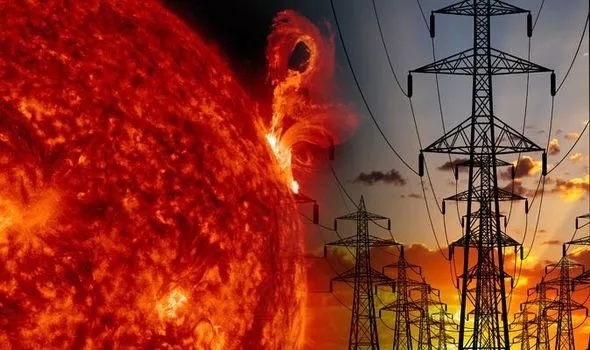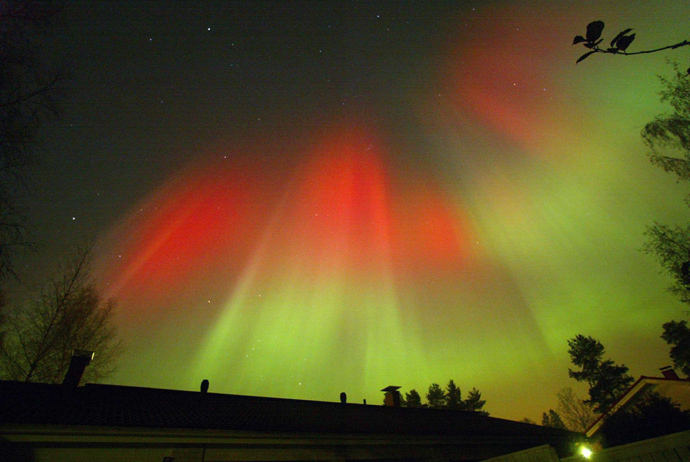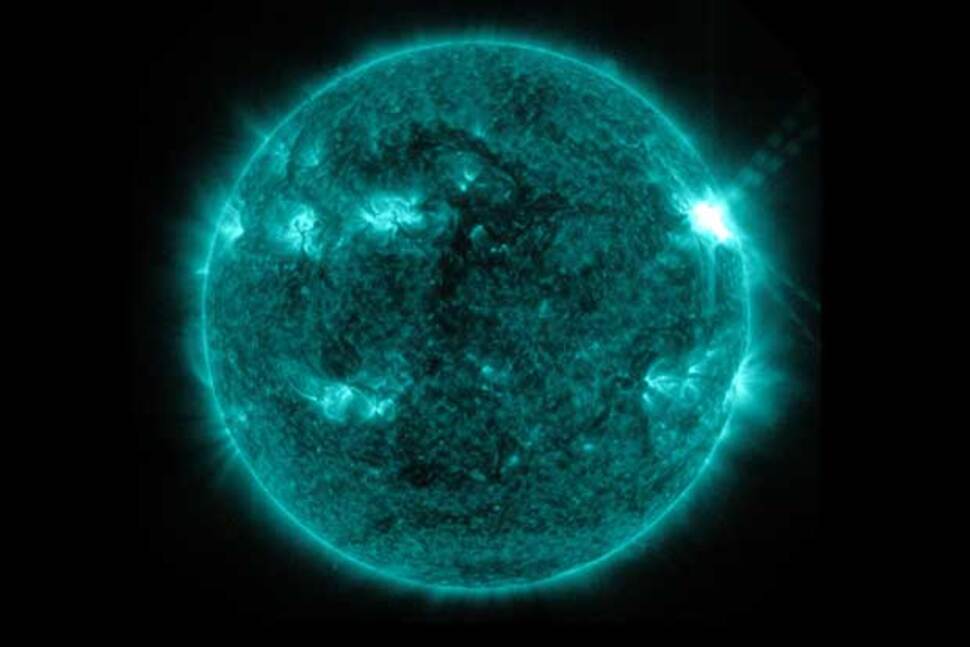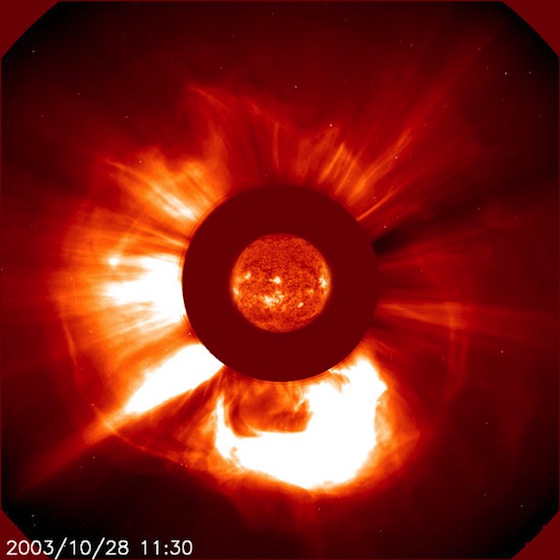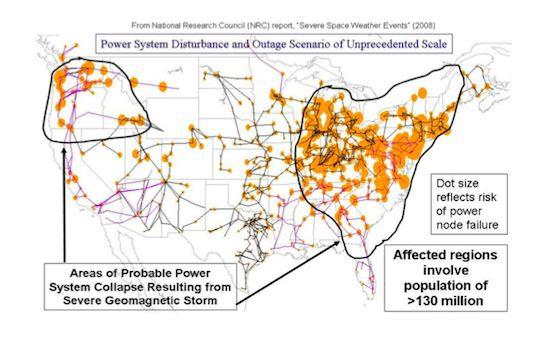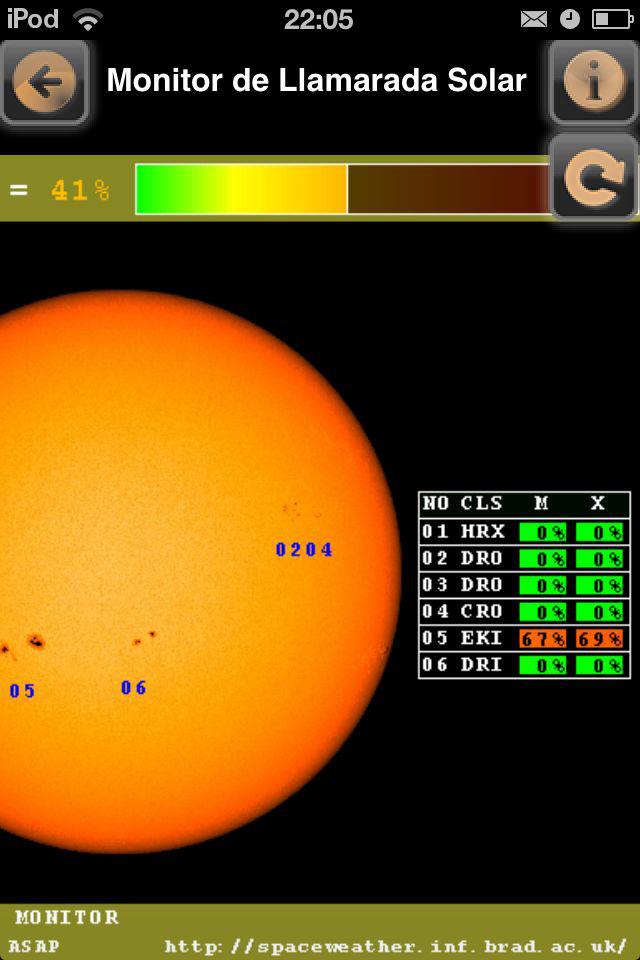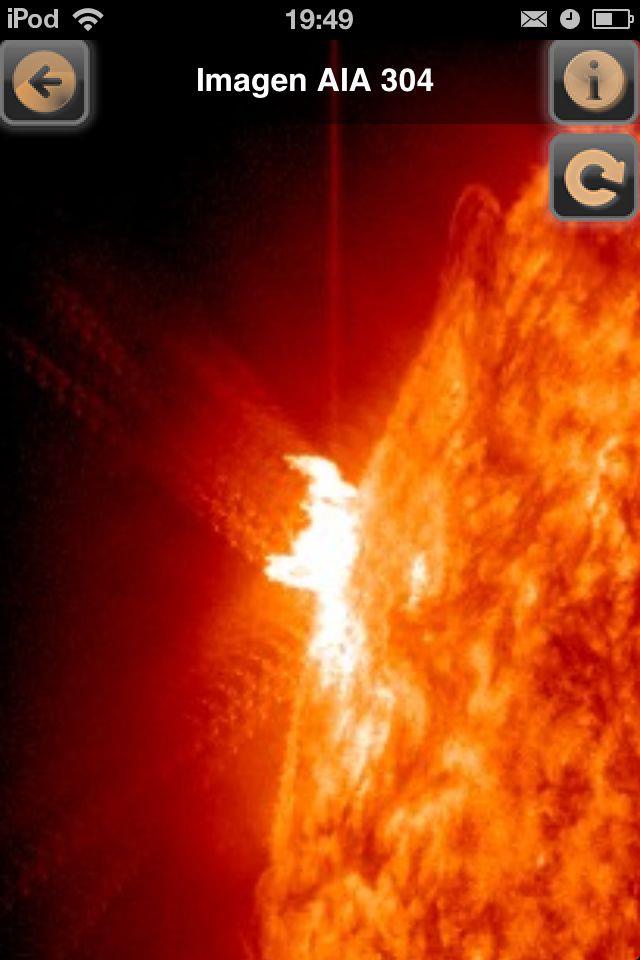A joint study by Lloyd’s of London and Atmospheric and Environmental Research highlights the potential for severe solar storms to damage electrical transformers, leading to prolonged power outages in Western nations. The report estimates that a five-month blackout in Europe and North America could result in economic losses of $2.6 trillion. Solar storms, originating from large explosions in the sun’s atmosphere, can send massive amounts of energy toward Earth, disrupting electricity-dependent networks. The study emphasizes the need for preparedness to mitigate the impacts of such geomagnetic events.
